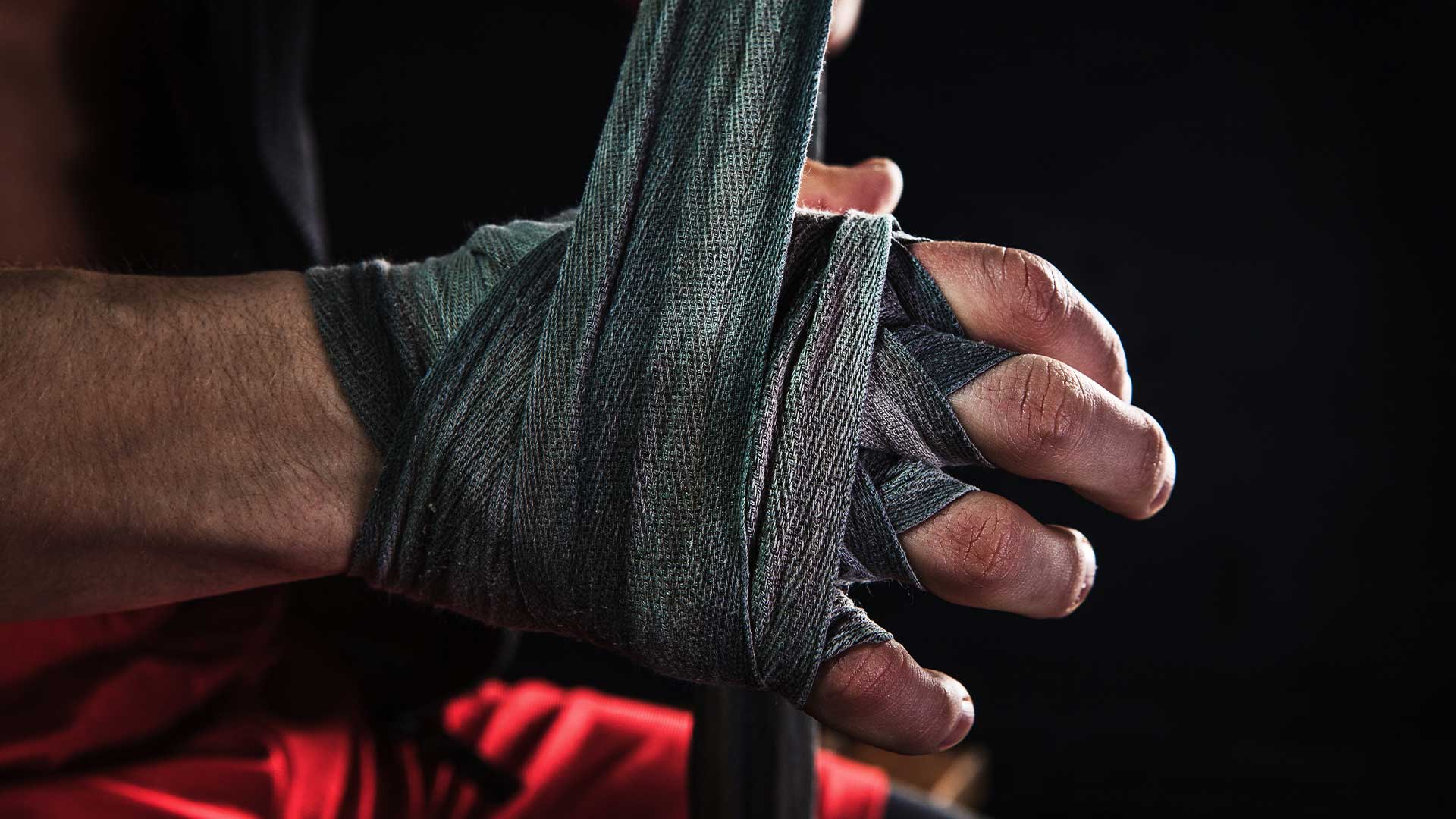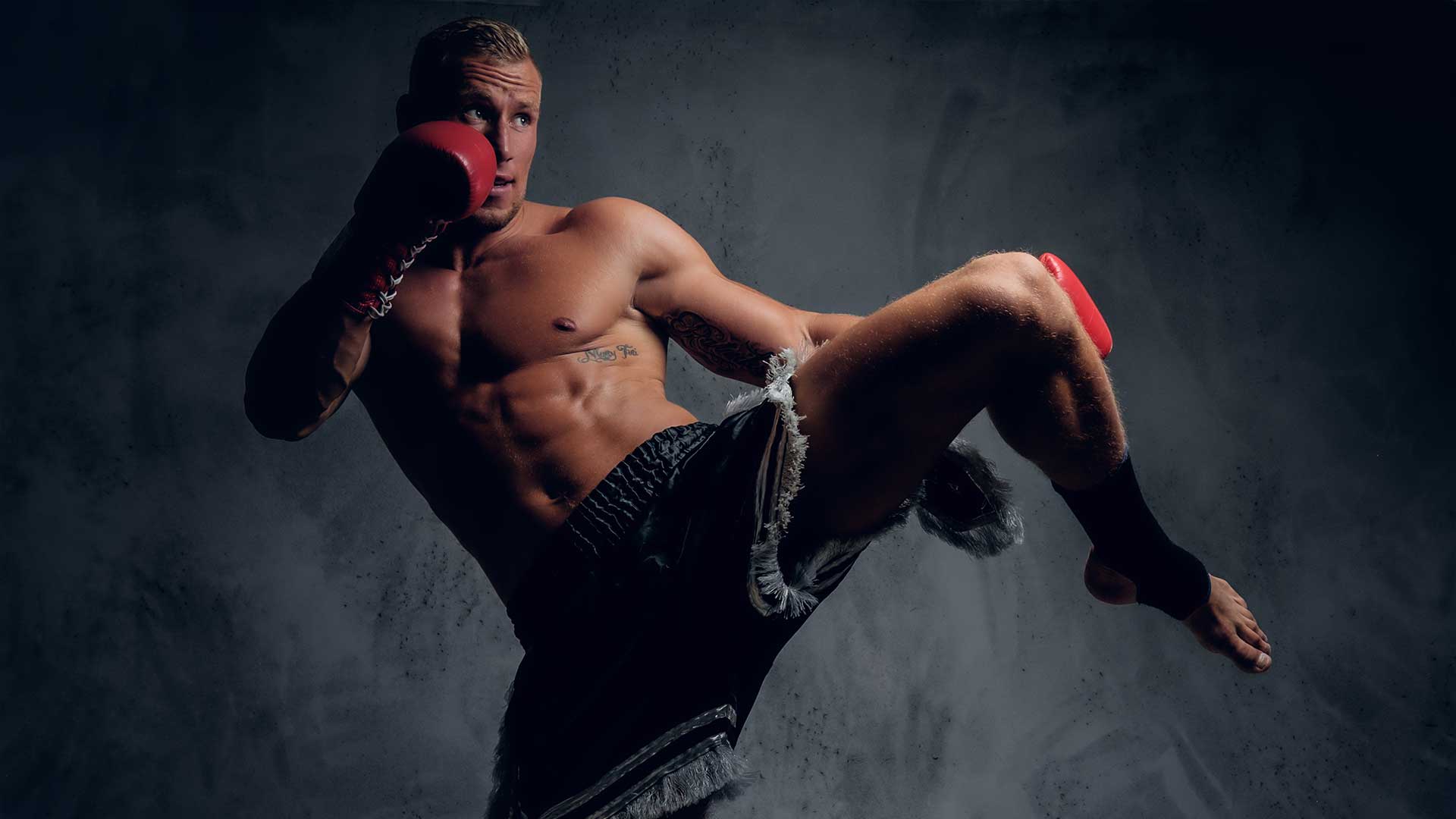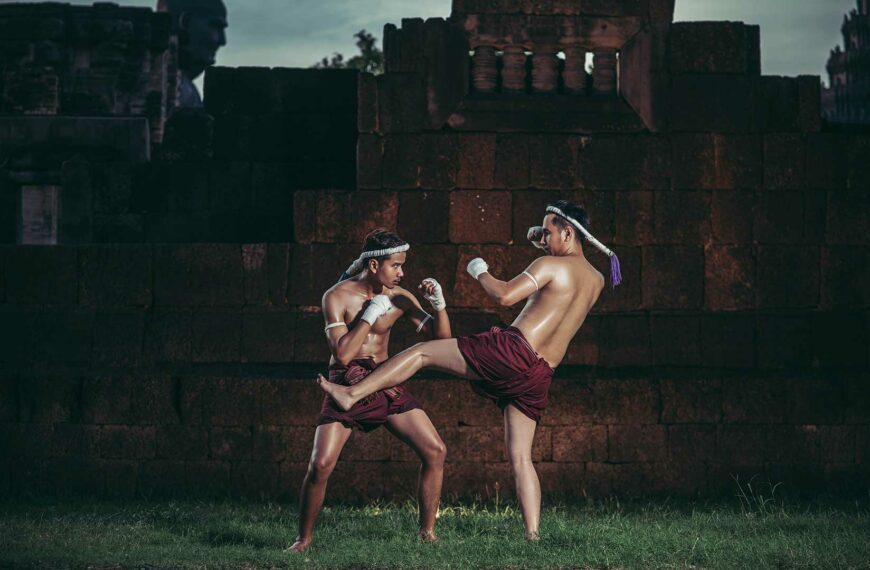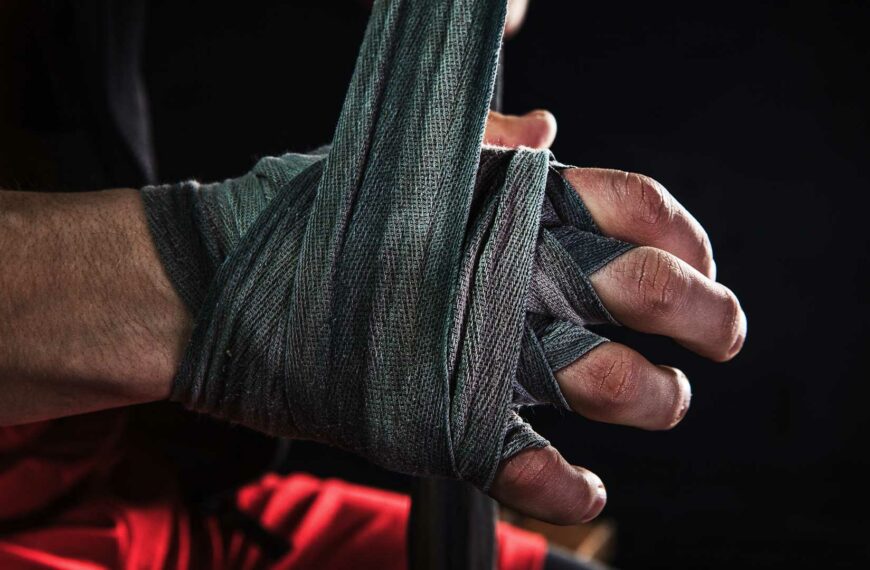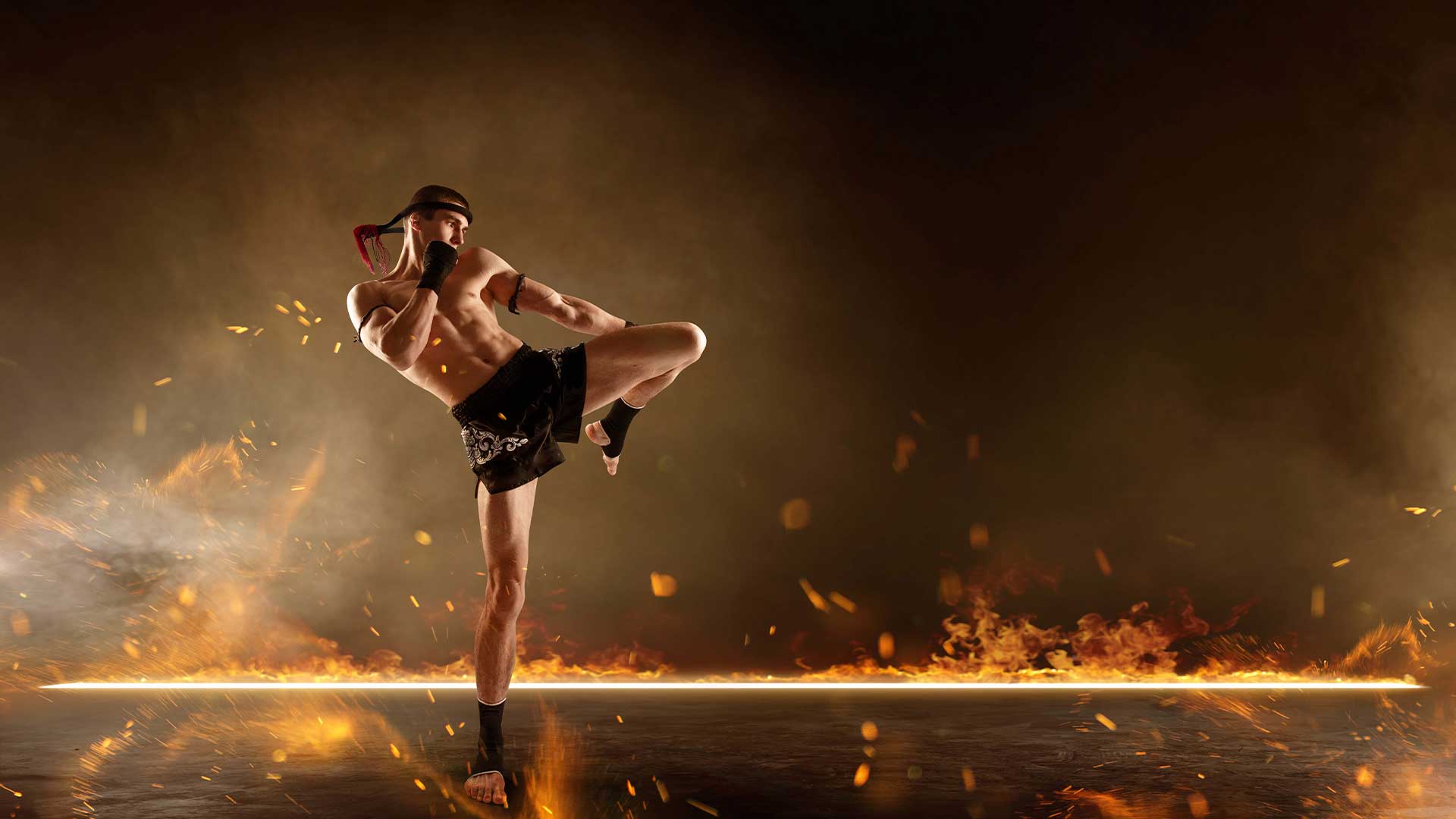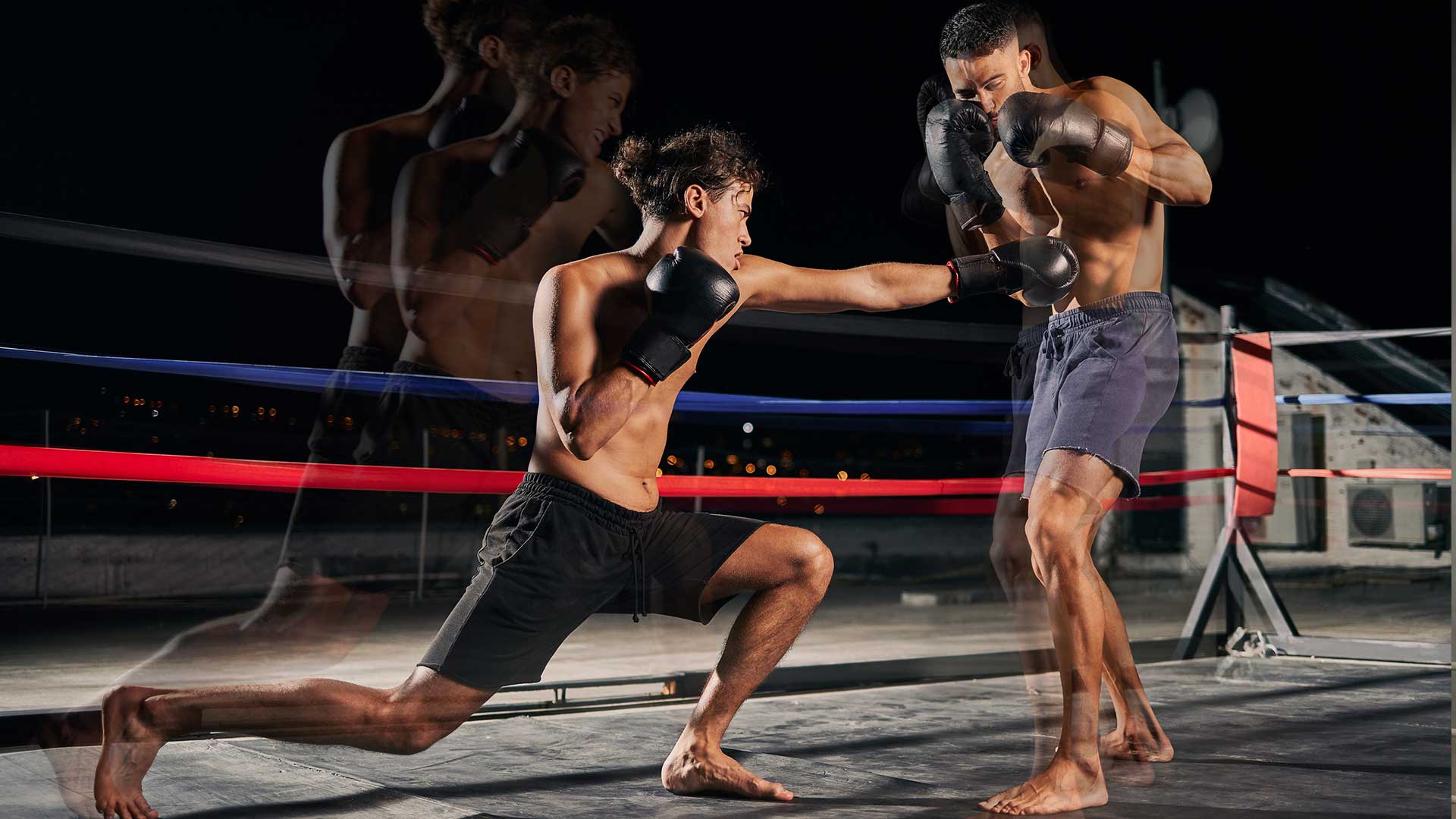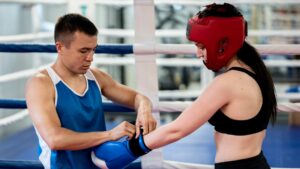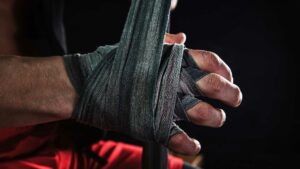Are you interested in learning Muay Thai, the “Art of Eight Limbs”? This combat sport and martial art from Thailand can be an exciting and fulfilling journey. In this ultimate guide, we will provide you with 10 essential steps to help you learn Muay Thai effectively and progress in your training.
What you will learn:
- How to find a reputable Muay Thai gym or trainer
- The importance of warming up and learning basic techniques
- Tips for conditioning, sparring, and continuous learning in Muay Thai
Step 1: Finding a Reputable Muay Thai Gym or Trainer
To start your Muay Thai journey, it’s important to find a reputable gym or trainer. Look for experienced instructors who can provide proper guidance throughout your training. Consider factors such as the trainers’ credentials, the gym’s reputation, location, class schedule, and facilities. Seeking recommendations from other practitioners or reading online reviews can help you make an informed decision.
| Step | Description |
|---|---|
| 1 | Finding a reputable Muay Thai gym or trainer |
| 2 | Starting with a proper warm-up |
| 3 | Learning the basic Muay Thai techniques |
| 4 | Mastering the Muay Thai clinch |
| 5 | Focusing on conditioning and strength training |
| 6 | Developing sparring skills |
| 7 | Studying and analyzing professional fights |
| 8 | Attending seminars and workshops |
| 9 | Staying consistent and dedicated |
| 10 | Practicing self-care and injury prevention |
Step 2: Starting with a Proper Warm-up
Before engaging in any physical activity, warm up your body to prevent injuries and optimize performance. Dynamic stretches increase your range of motion, while light cardio exercises like jogging, skipping rope, or shadow boxing get your heart rate up and loosen up your muscles.
Step 3: Learning the Basic Muay Thai Techniques
To build a solid foundation in Muay Thai, learn the basic techniques. Familiarize yourself with fundamental strikes such as punches, kicks, knees, and elbows. Practice proper stance, footwork, and body mechanics to ensure effective execution. Beginners should focus on mastering the basics before progressing to more advanced techniques. Consistent practice and attention to detail will help you develop proper form and technique.
Step 4: Mastering the Muay Thai Clinch
The Muay Thai clinch is a unique aspect of this martial art and can be a powerful tool. The clinch occurs when you and your opponent engage in close-quarters combat, with your arms wrapped around each other’s necks. Understanding and mastering the clinch is essential for controlling your opponent, delivering knee strikes, and defending against attacks. Learn various clinch techniques, including controlling, striking, and defending, to become proficient in this aspect of Muay Thai.
Step 5: Focusing on Conditioning and Strength Training
Muay Thai requires excellent physical conditioning. Incorporate activities like running, skipping rope, weightlifting, and core workouts to improve your cardiovascular endurance, strength, and flexibility. Developing a strong physical foundation enables you to execute techniques with power and precision.
Step 6: Developing Sparring Skills
Sparring is an essential component of Muay Thai training. Under the supervision of a qualified instructor, gradually progress to sparring sessions. Focus on defensive techniques, timing, and distance management. Sparring will help you develop reflexes, adapt to different fighting styles, and improve your overall fighting strategy.
Step 7: Studying and Analyzing Professional Fights
Watching professional Muay Thai fights provides insights into strategy, technique, and tactics. Observe different fighters’ styles and learn from their approaches. Analyze footwork, combinations, defensive skills, and overall fighting strategies. By studying professional fights, you can expand your knowledge and incorporate effective techniques into your training.
Step 8: Attending Seminars and Workshops
To further enhance your Muay Thai skills, attend seminars and workshops conducted by renowned Muay Thai fighters or trainers. These events provide opportunities to learn advanced techniques and gain valuable knowledge from experts in the field. Broaden your understanding of Muay Thai and refine your techniques through these educational experiences.
Step 9: Staying Consistent and Dedicated
Consistency and dedication are key to progressing in Muay Thai. Regularly attend training sessions and stay committed to your practice. Embrace the process and be patient with yourself. Consistent training will help you build muscle memory, improve your technique, and develop your overall skills.
Step 10: Practicing Self-Care and Injury Prevention
Taking care of your body is crucial in any physical activity, including Muay Thai. Prioritize rest and recovery to avoid overtraining and injuries. Maintain a healthy diet to fuel your body with the necessary nutrients. Get enough sleep to allow for proper muscle recovery. Listen to your body’s needs and address any discomfort or pain promptly. Incorporating self-care practices into your routine will ensure longevity in your Muay Thai journey.
Conclusion
Learning Muay Thai is a transformative journey that requires dedication, discipline, and perseverance. By following these 10 steps, you can lay a strong foundation for your training and progress steadily on your path to mastering this dynamic martial art. Remember to find a reputable gym or trainer, focus on proper warm-up and basic techniques, master the clinch, prioritize conditioning and strength training, develop sparring skills, study professional fights, attend seminars and workshops, stay consistent and dedicated, and practice self-care and injury prevention. Embrace the physical and mental benefits of Muay Thai, and enjoy the exciting journey that lies ahead!
This article offers guidance on learning Muay Thai, a martial art and self-defense technique, with insights from David Engel, a highly experienced Muay Thai instructor and self-defense trainer. With over 20 years of experience in Muay Thai, David has trained students of all levels, from beginners to professional fighters. He has also conducted seminars and workshops to help individuals improve their skills and knowledge in the art of Muay Thai.
